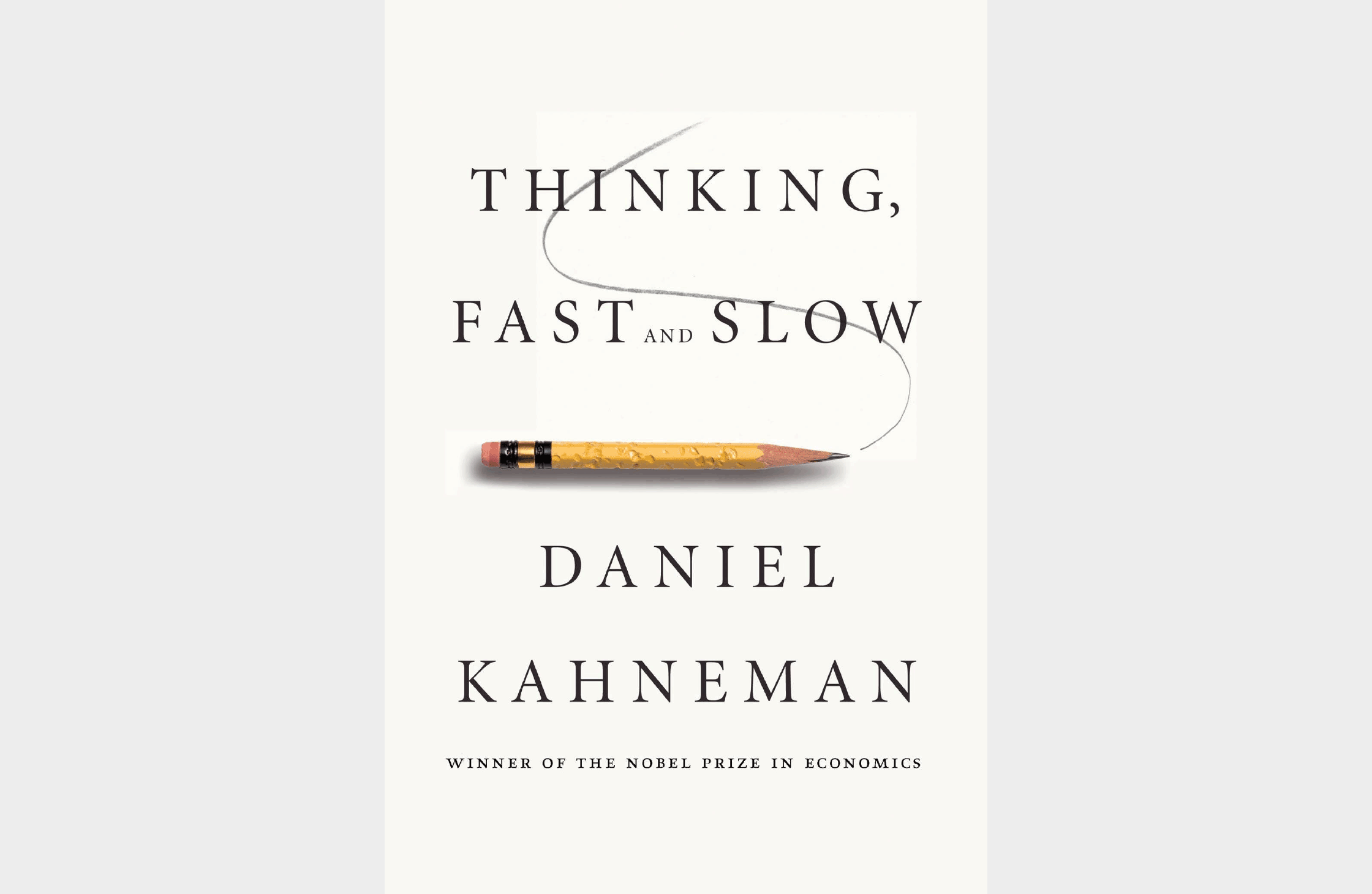Summary: "Thinking, Fast and Slow" by Daniel Kahneman

"Thinking, Fast and Slow" by Daniel Kahneman is a seminal work in psychology and behavioral economics, offering a deep dive into the two systems that govern our thinking processes: System 1 and System 2. Through an array of illuminating quotes and concepts, Kahneman's book comprehensively explores human decision-making, cognitive biases, and the intricacies of our mental mechanisms.
A reliable way to make people believe in falsehoods is frequent repetition, because familiarity is not easily distinguished from truth. Authoritarian institutions and marketers have always known this fact.
System 1 and System 2:
Kahneman introduces us to the two fundamental modes of thinking that drive our cognitive processes. System 1 operates swiftly and automatically, relying on intuition and heuristics to make quick decisions in everyday situations. On the other hand, System 2 is more deliberate and analytical, engaging when we encounter complex problems that demand conscious thought and effort. These two systems often interact, with System 1 generating initial responses that System 2 may subsequently evaluate.
Cognitive Biases and Blind Spots:
One of Kahneman's central themes is the inherent bias in our thinking. He asserts, "The mind is a machine biased toward belief," highlighting our natural inclination to accept information without rigorous scrutiny. Furthermore, he cautions against our blindness to these cognitive biases, stating, "We can be blind to the obvious, and we are also blind to our blindness." This profound insight reminds us of our vulnerability to mental shortcuts and flawed judgments.
Cognitive Ease and Discomfort:
Kahneman explores the concept of cognitive ease, a state in which everything feels familiar and effortless. No surprises are expected in this state, and we tend to rely on System 1 thinking. However, he warns that cognitive ease can lead to complacency and errors in judgment. Conversely, mental discomfort demands more effort and critical analysis when we engage in System 2 thinking but can lead to more accurate decisions.
Overconfidence and Planning Fallacy:
Kahneman delves into our tendency to overestimate our abilities and knowledge. He points out, "We are prone to overconfidence in our beliefs and abilities," highlighting how this overconfidence can lead to poor decision-making. Additionally, he introduces the planning fallacy, explaining how we often underestimate the time, costs, and risks of future endeavors while overestimating the potential benefits.
Loss Aversion and Prospect Theory:
The book discusses loss aversion, where people prefer avoiding losses over acquiring equivalent gains. Kahneman's work on prospect theory underscores how individuals evaluate potential outcomes relative to a reference point, emphasizing the importance of how choices are framed and presented.
Anchoring and Availability Heuristic:
Kahneman explains the anchoring effect, where an initial piece of information significantly influences subsequent judgments. He also introduces the availability heuristic, a mental shortcut that relies on readily available examples when evaluating a topic. These biases illustrate how our decisions can be swayed by arbitrary information or recent experiences.
Hindsight Bias and Regression to the Mean:
Kahneman explores the hindsight bias, revealing how people perceive past events as more predictable than after they occurred. He also touches on regression to the mean, a statistical phenomenon that can lead to misinterpretations of data and the illusion of patterns where none exist.
Intuition and Recognition:
The book suggests that intuition often arises from our ability to recognize patterns and associations based on past experiences. Kahneman asserts that "intuition is nothing more and nothing less than recognition," shedding light on the role of expertise and familiarity in our decision-making processes.
Memory and the Peak-End Rule:
Kahneman emphasizes how endings profoundly affect our experiences and memories. He notes that "endings matter greatly to us," explaining that experiences that end positively leave a lasting positive impression, which can influence our overall perception of an event.
The Illusion of Validity and Expert Intuition:
Throughout the book, Kahneman underscores the tendency for people to overestimate the accuracy of their judgments and predictions, termed the "illusion of validity." He distinguishes between expert intuition, where experts make rapid, accurate judgments in their domains of expertise, and the more error-prone intuition of laypeople.
Happiness and Subjective Experience:
In his exploration of well-being, Kahneman posits that happiness is primarily a matter of subjective experience rather than objective conditions. He highlights the profound impact of our experiences on our overall life satisfaction, challenging conventional notions of what leads to a fulfilling life.
Nothing in life is as important as you think it is, while you are thinking about it
In "Thinking, Fast and Slow," Kahneman's work offers a comprehensive framework for understanding the complexities of human thought and decision-making. Through these critical quotes and concepts, readers are encouraged to become more mindful of their cognitive processes, recognize the influence of biases, and ultimately make more informed and rational decisions. This book is a treasure trove of psychological insights and a practical guide to enhancing our decision-making abilities and understanding of the human mind.
